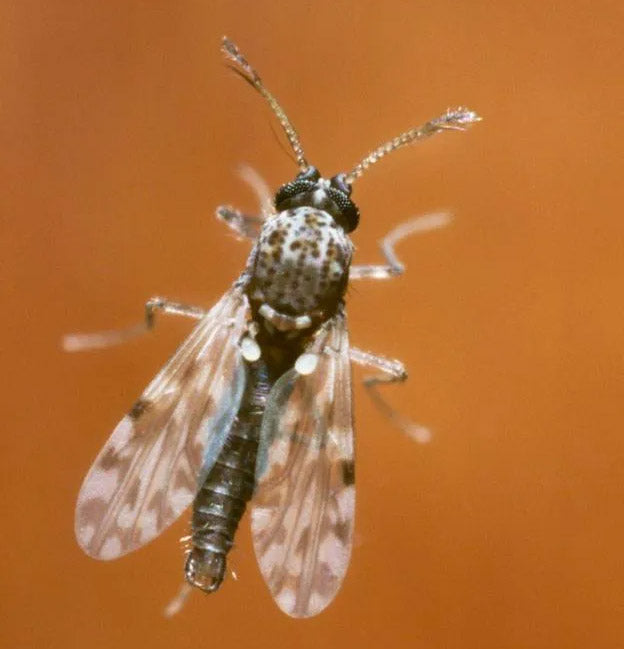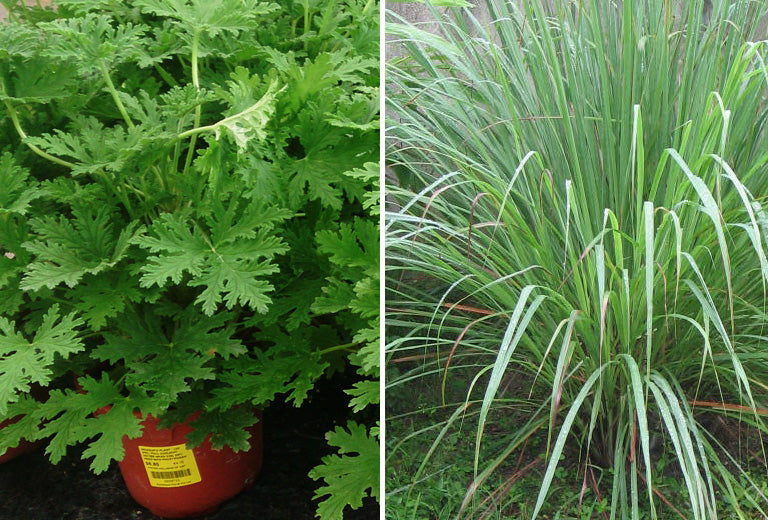
Solitary mason bees are effective pollinators that can keep your garden flourishing. You can help them set up camp in your yard by providing them with a place to stay. Learn why and how a bee hotel...

Do No-See-Um Bites Make You Sick?
No-see-ums or biting midges are common in the US in the warmer months. Their bites can be annoying but are generally harmless. Learn some tips and tricks to repel these pests, and find out which ho...

Just like humans, dogs are plagued by mosquitoes. But mosquitoes are more than a nuisance for your pets. They can cause potentially deadly disease in the form of heartworms in dogs. While there’s n...

Sticky traps can have unintended and tragic consequences for non-target wildlife such as birds, butterflies and other beneficial creatures that keep our ecology healthy. Learn why we strongly oppos...

Lemongrass vs Citronella: What Repels Mosquitoes the Best?
Of all the natural mosquito repellents, citronella is the most commonly known solution. Every summer, nurseries and garden centers load up on “citronella” plants for patios and landscapes, and natu...

Why Are Our Traps Made Of Soft Pine Wood?
Why does Best Bee Brothers make traps out of lightweight pine wood? Learn more about carpenter bee nesting habits and behavior and find out how this important design feature is essential to attract...